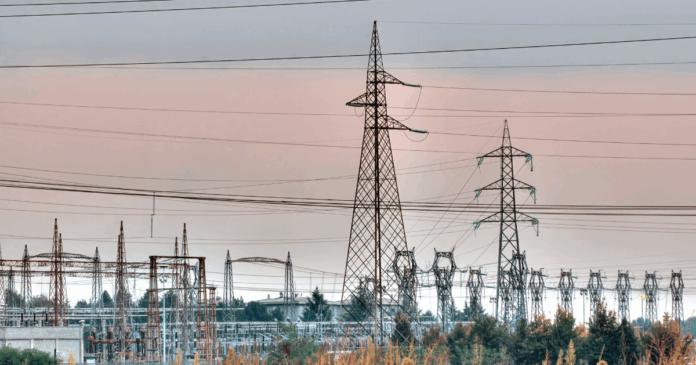There has been a surge in power generation capabilities in developing countries in recent years. In Egypt, there is the El Dabaa Nuclear Power Plant, a 4,800 MW project funded and built in partnership with Russia’s Rosatom.
In Kazakhstan, the government recently held a national referendum where 71% of voters approved the construction of the country’s first nuclear power plant. Over in Nigeria, plans are in place for the Geregu nuclear project, involving two 1,200 MW reactors.
Most interestingly, in Bangladesh, the Rooppur Nuclear Power Plant is nearing commissioning. With two 1,200 MW reactors, it is poised to be one of the most ambitious energy projects in South Asia.
This now begs the question: has the Philippines been left behind?
The most common refrain that we hear is that the Philippines has the most expensive power costs in Asia. This is partly true, as residential rates in the Philippines often appear higher than those in neighboring countries. But the comparison is misleading, since many of our neighbors heavily subsidize electricity.
What Filipinos pay reflects the true cost of generation, transmission, and distribution.
So, what is stopping us from developing these high-yield energy projects?
It’s not a lack of resources. The Philippines sits on some of the richest geothermal reserves in the world, alongside vast untapped solar, hydro, and wind potential. The country even explored nuclear energy as early as the Marcos Sr. administration, with the construction of the Bataan Nuclear Power Plant.
On paper, we are not energy-poor; What we lack is the system to harness it properly.
The real obstacles are a mix of outdated regulations, bureaucratic delays. Recent criticism of the Department of Energy (DOE) and the Energy Regulatory Commission (ERC) has zeroed in on their band-aid responses to systemic issues. A glaring example of this is the recurring issuance of yellow alerts with supply barely meeting demand, often due to grid congestion or power plant shutdowns. Experts and industry insiders argue that these alerts are symptoms of poor foresight.
But at the heart of it all is financing.
Most of the major projects mentioned—Bangladesh, Egypt, Nigeria—are being funded through long-term, state-backed loans, mostly from Russia’s Rosatom. These deals cover everything from construction to workforce training, with payback periods stretching over decades.
In contrast, we lack international financing partnerships to pursue similar ventures. Without access to low-cost, long-term funding, high-yield infrastructure projects remain stuck in the proposal stage.
In other words, while other developing countries are finding ways to fund the future, we’re still figuring out how to afford the present.



